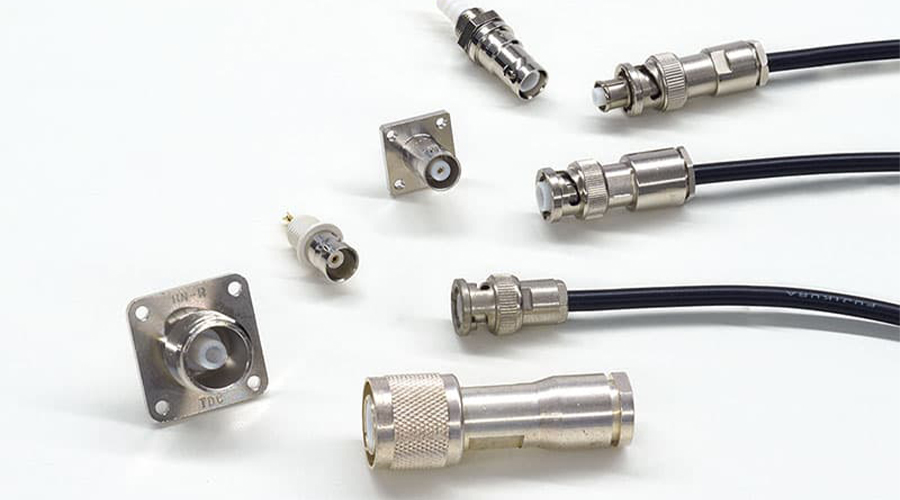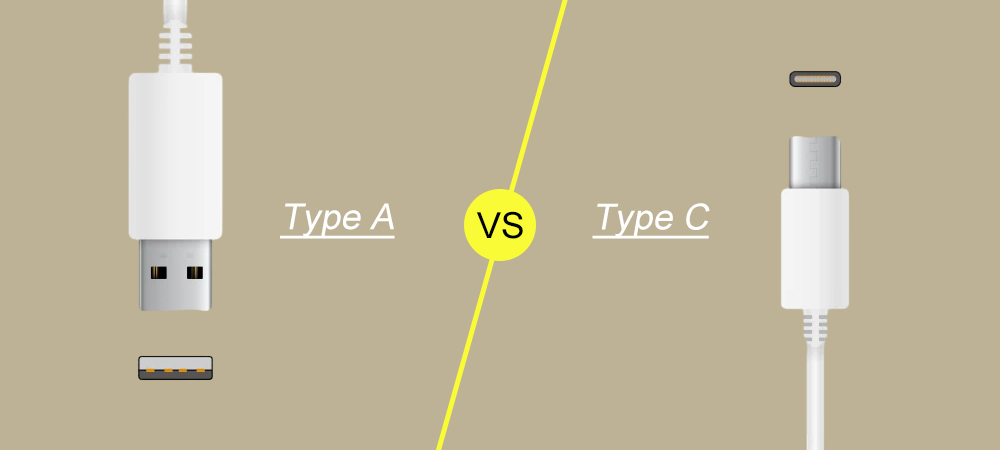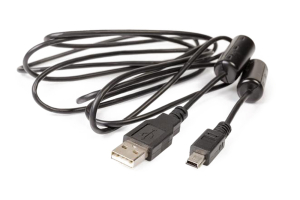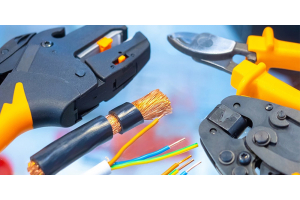Monthly Archives: February 2024
-
Posted: February 26, 2024Categories: High Voltage ConnectorRead more »
Some test equipment requires a boosted commercial 100VAC to generate high voltages. In electric vehicles, the voltage of the inverter and battery circuits rises as the motor voltage rises. Familiar high-voltage equipment includes X-ray machines (diagnostic X-ray imaging equipment). The X-ray tubes used in medical X-ray machines and analyzers are vacuum tubes that must be replaced after a certain amount of time in operation. the X-ray tubes and the high voltage power supply are connected via high voltage connectors to ensure easy interchangeability. For this reason, high voltage connectors are commonly used to connect high voltage devices used in medical, scientific and analytical equipment to improve their ease of use and reduce maintenance.
This article will describe the types of high-voltage connectors that are safe and reliable for use in high-voltage circuits and precautions for their use.
-
Posted: February 21, 2024Categories: USBRead more »
USB-A, the traditional rectangular connector, is commonly used for older devices, while USB-C offers faster data transfer speeds, reversible plug orientation, and compatibility with newer devices. Other advantages of USB-C include convenience and enhanced transfer speeds.
Consider how much USB ports and connectors enable us to do—it's truly fascinating. First, we can store the contents of thousands of books on a USB flash drive and access them at any time. (Cool, right?) But we also use USB ports to connect a variety of devices, from mobile devices to TVs to computers, making USB one of our most important connectivity standards.
However, USB connectors did not experience a true next-generation evolution for many years, until recently. Now, USB-C has emerged as the successor to the original USB-A connector technology and is set to change everything. What is the story between USB-A and USB-C? Which type of USB hardware is more suitable for your application? Let's start








